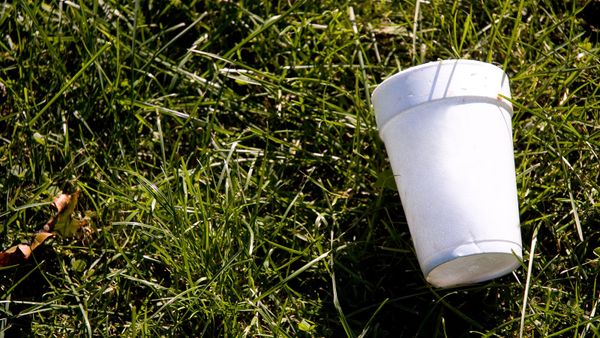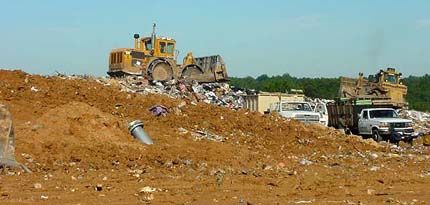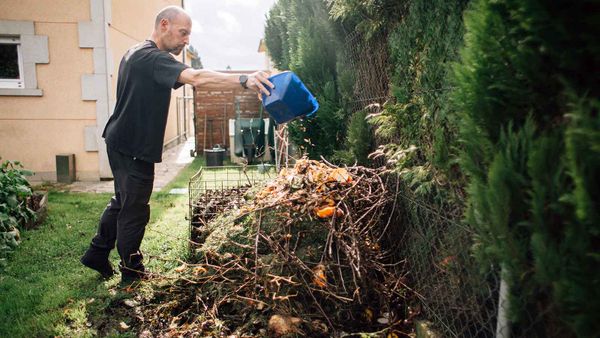
As far as having an environmentally friendly reputation, you couldn't do much better than Sweden. After all, it's the country that brought usplogging, the fitness craze in which runners carry along trash bags and pick up refuse along their routes, and a place where environmental researchers teamed up with a brewery to create a beer,PU:REST, that's brewed with purified wastewater, to help convince consumers of the virtues of recycled H2O. And you've probably readnumerous storieson the internet proclaiming that the Swedes are so fastidious about recycling that they're actually running out of garbage to use as fuel in their waste-to-energy plants, and are forced to import other countries' trash. (That's not exactly the case, as we'll get into later.)
But hype aside, Sweden does a pretty impressive job of keeping its municipal solid waste — i.e., household garbage — out oflandfills. In the U.S.,nearly 53 percentof the stuff we discard in the trash ends up being buried. The Swedes, in comparison, only put only 31,000 tons (28,122 metric tons) — less than seven-tenths of 1 percent — of their 4.7 million tons (4.26 million metric tons) of municipal solid waste into the ground in 2016, the most recent year for which data is available. That's according to a report byAvfall Sverige, an association that represents both the public and private waste management and recycling sectors in Sweden.
Advertisement
Recyclingis a big deal in Sweden, where it's required by law. Most people dutifully separate their household refuse and either put it by the curbside for pickup or drop it off at recycling stations, which are generally within 1,000 feet (300 meters) of every residential area in the country, according toSweden.se, the official national website.
"Recycling (almost) everything is now a social norm in Sweden," Owen Gaffney, a global sustainability analyst and communicator atStockholm Resilience CentreandFuture Earth, explains in an email. "Local authorities make it easy. Once these norms are embedded in your thinking it actually feels cognitively uncomfortable when you visit another country and can't find easy ways to recycle. I get recycle anxiety."
A little more than half of Sweden's household waste is recycled, composted or processed through anaerobic digestion, according to Avfall Sverige's report. That's considerably better than the 34.6 percent that Americans recycle or compost.
Advertisement



